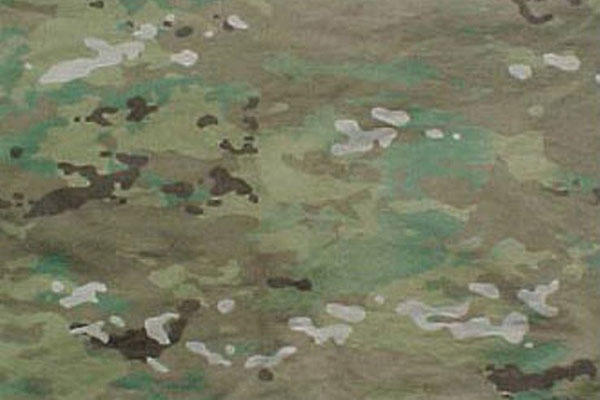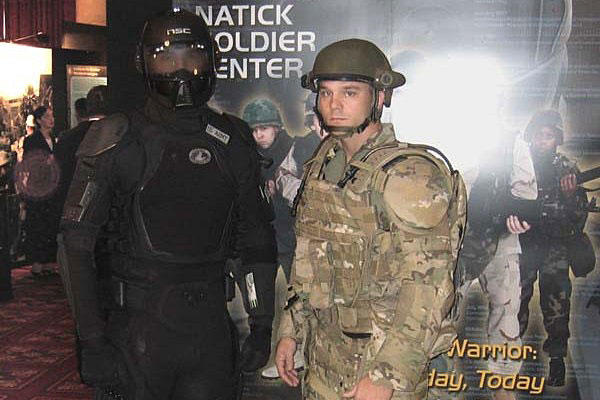The U.S. Army is quietly putting the word out to commands that it is replacing its current Universal Camouflage Pattern with a pattern the service has owned for more than a decade.
The Army's senior leadership has selected Scorpion, a pattern similar to MultiCam that was developed around 2002, according to a source with knowledge of the decision.
Sgt. Major of the Army Raymond Chandler III has been briefing senior sergeants major throughout the Army about the new pattern for the Army Combat Uniform, but details are still limited.
The Army was poised to announce the results of its multi-year camouflage improvement effort nearly a year ago, but congressional language in the National Defense Authorization Act for Fiscal 2014 called on the Pentagon to put an end to the services branding their ranks with unique camouflage uniforms.
The Army has been considering replacing UCP with Crye Precision's MultiCam -- a pattern that has demonstrated consistent performance in multiple tests and was selected in 2010 for soldiers to wear in Afghanistan.
Army officials even tried to buy the rights to MultiCam but rejected Crye's figure of $25 million, according to Caleb Crye, owner of Crye Precision. Army officials also balked at paying for "printing fees" the company receives on MultiCam -- a small figure that amounts to about one percent of the 20 percent price hike uniform companies want to charge the Army for MultiCam, according to Crye.
In addition to Crye, the other finalists in the Army's Phase IV camouflage testing included ADS Inc., teamed with Hyperstealth, Inc.; Brookwood Companies Inc.; and Kryptek Inc.
And, ironically, in March 2013 the Army decided to drop the fifth finalist -- a government pattern developed at the Army's Natick Soldier Systems Center. The pattern, known as Scorpion, was too similar to one of the industry submissions, Army officials said.
It's similar to MultiCam because Crye developed the pattern with the Army for its Objective Force Warrior program in 2012. He later made small adjustments to the pattern for trademark purposes and called it MultiCam.
The unique blend of greens, browns and tans has been a favorite of Special Operations Command for almost a decade. The Army selected MultiCam in 2010 as the clear winner over several other patterns to issue to soldiers deploying to Afghanistan.
It's unclear when the Army will set a wear-out date for the UCP or start issuing uniforms printed in Scorpion.
Once contracts are awarded, it can take up to 20 weeks for the raw fabric to be printed in Scorpion, inspected and cut and sewn into uniforms, according to Kyli Hanson, program manager for Army Combat Uniforms for Blue Water Defense -- one of the U.S. military's primary uniform manufacturers.
"It's not an instantaneous change," said Hanson, who had not heard of the decision. She did say, however, that since Scorpion is similar to MultiCam, uniform companies will likely be able to use the same color Velcro, buttons and zippers.
-- Matthew Cox can be reached at Matthew.Cox@monster.com.





























